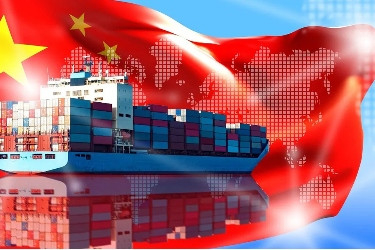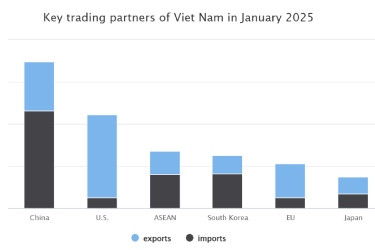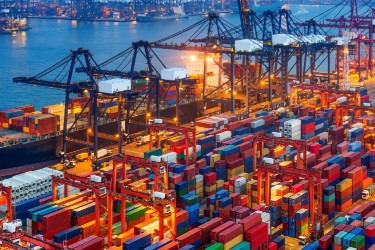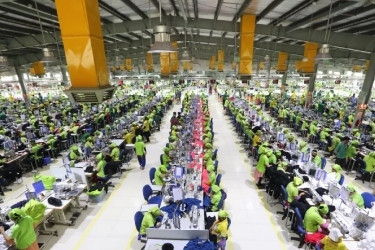China in 2024: A Year of Economic Resilience and Strategic Shifts
Mohammad Swaif Ullah
Published At: December 28, 2024China navigated 2024 with a mix of growth and challenges, showcasing its resilience amidst shifting global dynamics. The World Bank's upward revision of China’s GDP growth to 4.8 percent reflected unexpected strength in exports and proactive domestic policies. Early-year economic activity surged, bolstered by measures to stabilize the property market and increased fiscal spending, aligning GDP growth with the government’s 5 percent target in the first half.
While industrial and manufacturing sectors thrived with a 5.8 percent annual growth in the first half, the second quarter presented a slowdown, with GDP growth easing to 4.7 percent year-on-year from 5.3 percent in Q1. Confidence in China's growth remained intact, with institutions like the Conference Board predicting a steady 5 percent rise, even as indicators such as the Leading Economic Index hinted at near-term uncertainties.
Textile Industry: Balancing Innovation and Legacy
China’s government reinforced its commitment to modernizing its textile sector, unveiling an ambitious plan for 2023–2025. This initiative targets achieving 70 percent digitalization in textile businesses while fostering high-end manufacturing, intelligent production, and green practices. As the world’s largest textile exporter, China’s focus on value-added exports was evident. From January to June, textiles contributed nearly 80 percent of the sector’s total export value, with fabric exports reaching $33.98 billion.
However, shifting global trade dynamics added complexity. Western markets, led by the US, increasingly moved sourcing away from China due to concerns over labor practices and geopolitical tensions. The 2024 Fashion Industry Benchmarking Study revealed that 80 percent of US companies plan to reduce apparel sourcing from China by 2026. Despite these challenges, China diversified its trade partnerships, strengthening ties with RCEP members and African nations.
Manufacturing and Global Pressures
The manufacturing sector faced headwinds in the latter half of 2024. In September, the Caixin China Purchasing Managers’ Index fell to 49.3, reflecting contraction amid declining orders and global economic uncertainties. Manufacturers adapted by optimizing inventories and leveraging backlogs, although new work inflows remained weak.
Meanwhile, shifts in global apparel markets applied pressure to China’s exports. Between June 2023 and June 2024, the average unit price of US apparel imports from China dropped 7.6 percent, raising concerns about price wars and potential trade restrictions.
Green Goals and Material Innovations
China doubled down on its green transformation agenda in 2024, targeting a 25 percent share of non-fossil fuels in its energy mix by 2030 and aiming for its environmental protection industry to reach CN¥15 trillion ($2.1 trillion). Major cities like Shanghai and Beijing accelerated their adoption of electric vehicles, setting the tone for a national shift towards sustainable development.
In materials innovation, Beijing MatrixTech Technologies introduced Y-Warm, a groundbreaking thermal insulation material with superior performance. The material’s lightweight, durable, and eco-friendly properties have led to its adoption across garments, gloves, and footwear, reflecting China’s commitment to high-tech advancements.
A Complex but Promising Year
China’s 2024 journey reflects a country balancing economic resilience with strategic shifts in trade and industry. Despite challenges in manufacturing and global trade dynamics, its focus on modernization, sustainability, and innovation positions it as a formidable player in an evolving global landscape. As 2025 approaches, all eyes are on how China will sustain this momentum and navigate a complex international environment.






